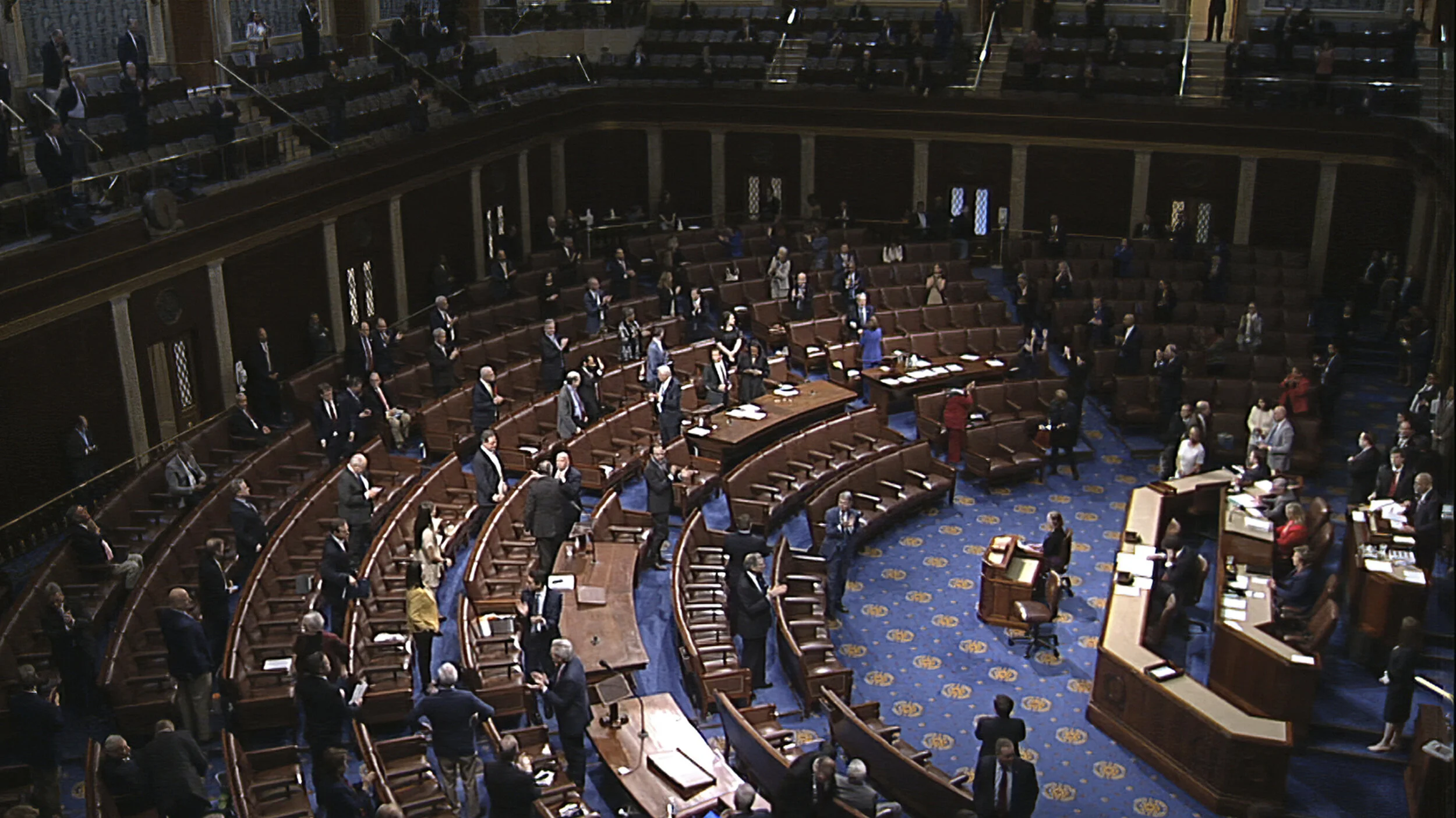Research for this post was done by Policing Projects Externs Mira Joseph and Miles Ogihara.
Since the police killing of George Floyd on May 25, 2020 and subsequent protests across the country, many elected officials at all levels of government have promised to enact legislation aimed at making systemic changes to policing in the U.S. But what actions have legislators taken since?
To answer this question, Policing Project externs compiled legislation related to police reform introduced from the end of May to the middle of August. Utilizing resources from The Center for Science and Justice at Duke University School of Law, the National Conference of State Legislatures, and news reports, we scanned recent legislation across the federal, state, and municipal¹ levels for bills addressing issues in policing, including use of force restrictions, protest enforcement tactics, and accountability and transparency measures, among others. (To review our findings, please refer to the chart at the bottom of this post).
Our survey found 432 pieces of legislation introduced between May 25 and August 21, 2020. Of these, the vast majority were drafted at either the state (341) or municipal (59) level. While 32 bills have been introduced at the federal level, none have passed.
What Are the Trends in the New Legislation?
By a slim majority, the most common legislation we identified relates to use-of-force policies and forms of police accountability—both from within the police agency, and from external bodies, like the Attorney General’s Office or civilian review boards. Other common themes include personnel management policies (hiring, firing, promotions, etc.), de-escalation or implicit bias officer training reforms, and policies to increase the use of body-worn cameras.
There also are notable differences in terms of the bills introduced across the different levels of government. We found municipal bills tended to focus on external forms of police accountability, such as creating civilian review boards or assigning special prosecutors to investigate any incidence in which someone dies while in custody due to the actions of an officer.
Meanwhile, state legislatures and the federal government prioritized internal accountability measures, such as changing misconduct reporting procedures within an agency or codifying an officer’s duty to intervene when another officer uses excessive force. Municipal bodies also often proposed bills to regulate police encounters with the public, whereas state and federal bills focused on increasing police transparency and using funding to enact reform, respectively. Across the board, however, use-of-force bills were consistently the most often proposed.
To date, enacted municipal legislation has mostly focused on transparency and external oversight. At the state level, bills that addressed creating more internal oversight within the police agency and bills that addressed personnel management policies passed the most often.
What is the Status of Policing Legislation?
To date, municipal legislation has been enacted more quickly than state and federal legislation. Of the 59 municipal bills introduced in the date range we examined, 41 have passed into law. State-level policy change is happening more slowly: Of the 341 pieces of state-level legislation we identified, only 25 have officially been signed into law.
At the federal level, Congress has failed to advance any legislation to be signed into law. Other than the “George Floyd Justice in Policing Act of 2020,” which passed a House vote but has yet to be brought to a full vote in the Senate, no federally proposed legislation has made it past the “pending” phase.
Our Full Findings
The chart below provides details on each bill we reviewed—where it was passed, its status, and the areas of reform it covers. Inclusion on this list is not an endorsement of the content of the bills. Rather, our goal is to create a snapshot of the legislative landscape three months after George Floyd’s death on May 25.
A note on our findings: Ten states had adjourned for the year before or immediately after May 25, and four did not have any regularly scheduled legislative sessions during the time frame of this analysis.
¹ Because the city and county of San Francisco passed legislation that covered both jurisdictions, it has been included in the count of the municipal level bills.

